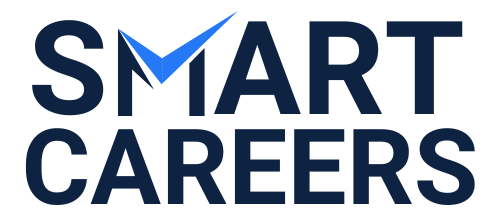Data analytics is the process of collecting, cleaning, and analyzing data to extract meaningful insights. It is used in a wide variety of industries, including business, finance, healthcare, and academia.
To do data analytics, you will need to:
Identify the data you want to analyze. What questions do you want to answer with your data? Once you know what you are looking for, you can start to collect the relevant data.
Collect the data. Data can be collected from a variety of sources, such as databases, surveys, and social media.
Clean the data. Once you have collected your data, you need to clean it to remove any errors or inconsistencies. This may involve checking for duplicate entries, correcting typos, and filling in missing values.
Analyze the data. Once your data is clean, you can start to analyze it using a variety of tools and techniques. This may involve statistical analysis, data visualization, and machine learning.
Interpret the results. Once you have analyzed your data, you need to interpret the results and draw meaningful conclusions. This may involve identifying trends, patterns, and outliers.
Communicate the results. Once you have interpreted your results, you need to communicate them to others in a clear and concise way. This may involve writing a report, giving a presentation, or creating a data visualization.
Here are some additional tips for doing data analytics:
Start with a clear question. What do you want to learn from your data? Once you know your question, you can start to collect the right data and choose the right analysis methods.
Use the right tools. There are a variety of data analysis tools available, both free and paid. Choose the tools that are right for your data and your skill level.
Be critical of your results. Don’t blindly accept the results of your analysis. Be critical of your methods and assumptions.
Communicate your results effectively. Once you have interpreted your results, communicate them to others in a clear and concise way. Use data visualizations to help people understand your findings.
If you are new to data analytics, there are a number of resources available to help you get started. There are online tutorials, books, and courses that can teach you the basics of data analysis. You can also find a number of open source data analysis tools that are free to use.
Data analytics is a powerful tool that can be used to solve a wide range of problems. By following the steps above, you can learn to do data analytics and start extracting meaningful insights from your data.
